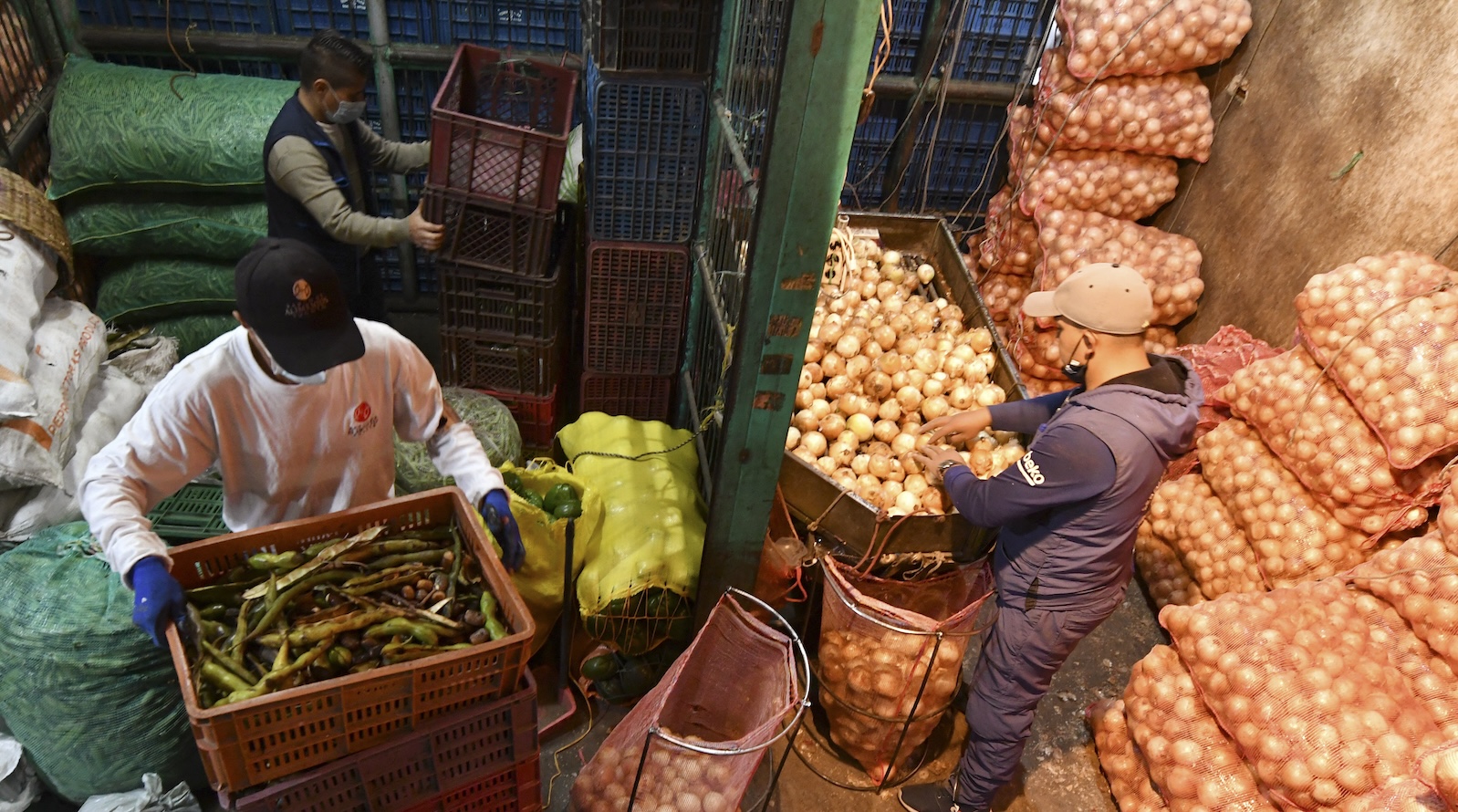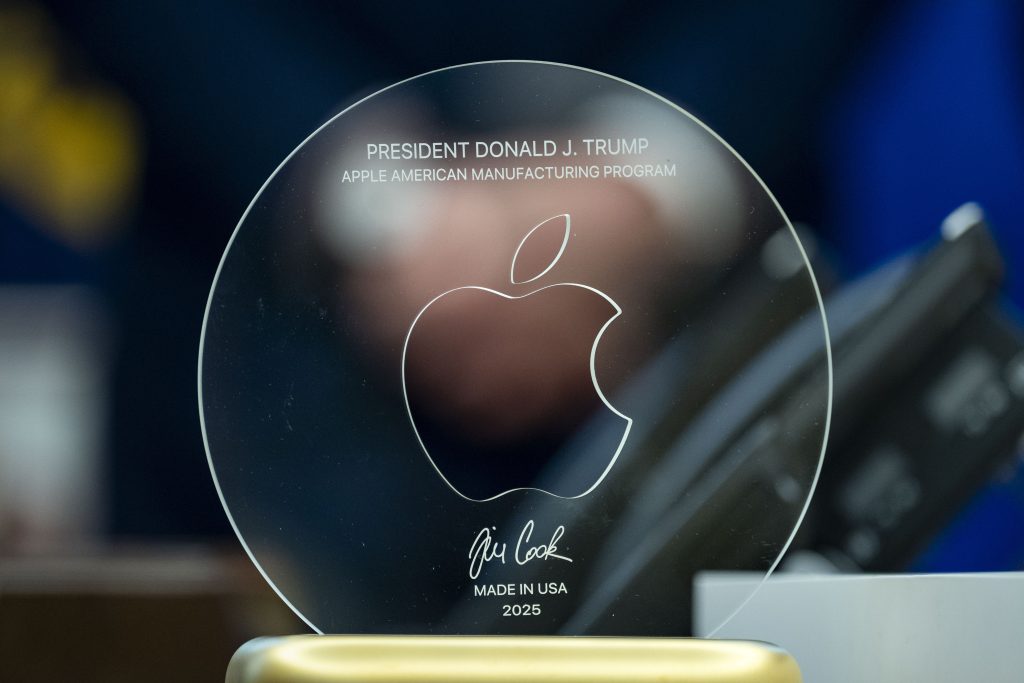Now Reading: Food Banks Tackle Emissions with Carbon Credit Initiatives
-
01
Food Banks Tackle Emissions with Carbon Credit Initiatives
Food Banks Tackle Emissions with Carbon Credit Initiatives

Swift Summary:
- Food Waste and Emissions: globally, food waste contributes 8-10% of greenhouse gas emissions, particularly methane from decomposing organic waste in landfills.
- Role of Food Banks: Food banks rescue unsold food from retailers to redistribute it to those in need, which may mitigate emissions. Some are experimenting with quantifying avoided emissions to sell carbon credits for funding purposes.
- Pilot Programs: The Global FoodBanking Network (GFN) has piloted this methodology in Mexico and Ecuador, aiming for certification via Gold Standard protocols. It plans expansion across food banks in 12 more countries.
- Criticisms of Carbon Credits: Critics argue that voluntary carbon markets suffer from fraud and lack rigorous verification standards. Concerns include inflated claims about emission reductions.
- FRAME Methodology: GFN developed FRAME methodology to track avoided emissions linked with rescuing food intended for human consumption but faces criticism over assumptions regarding alternative paths unsold food could take.
- Financial Challenges: With foreign aid declining, food banks are exploring alternative funding like carbon credit sales despite skepticism from experts who question its effectiveness compared to other options.


Indian Opinion Analysis:
The use of carbon credits by socially-driven nonprofits like food banks is an innovative yet controversial strategy amidst the increasing financial strain on global humanitarian initiatives, including those affecting India’s growth partners. While reducing methane emissions through rescuing wasted food aligns with global climate goals, the efficacy of these methods rests on proper verification mechanisms-a long-standing challenge within voluntary carbon markets.
India can draw lessons hear regarding balancing environmental innovation with skepticism involved around validation standards if focusing on scaling similar systems nationally (e.g., curbing farm-level or supply chain losses). Developing robust frameworks backed by obvious data-rather than relying solely on unverified tools-may ensure credibility while fostering both environmental sustainability and social impact.


























